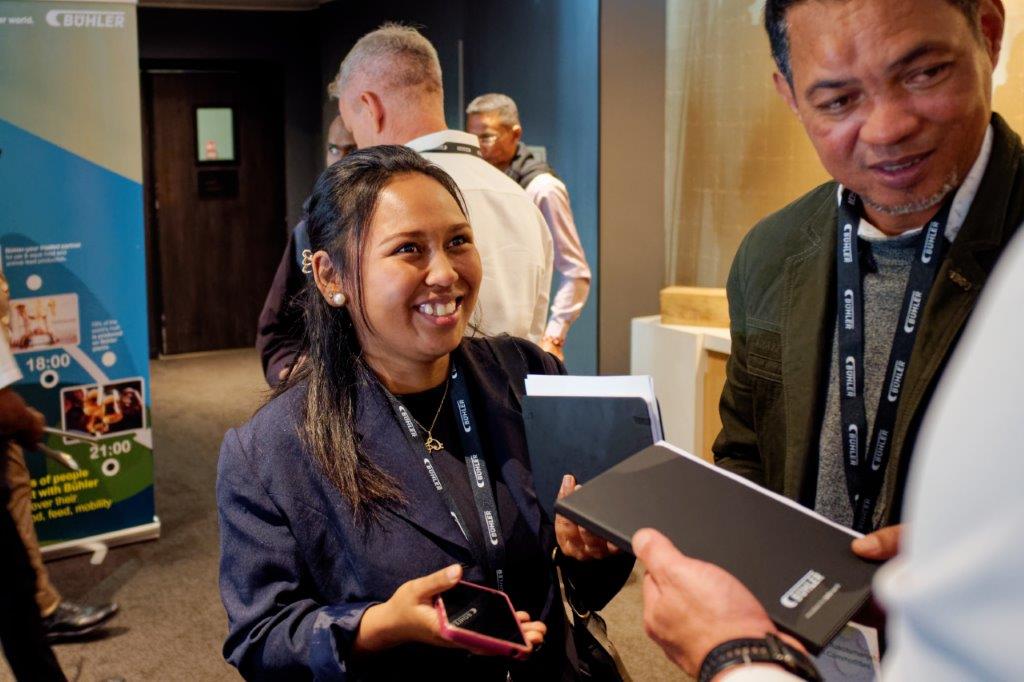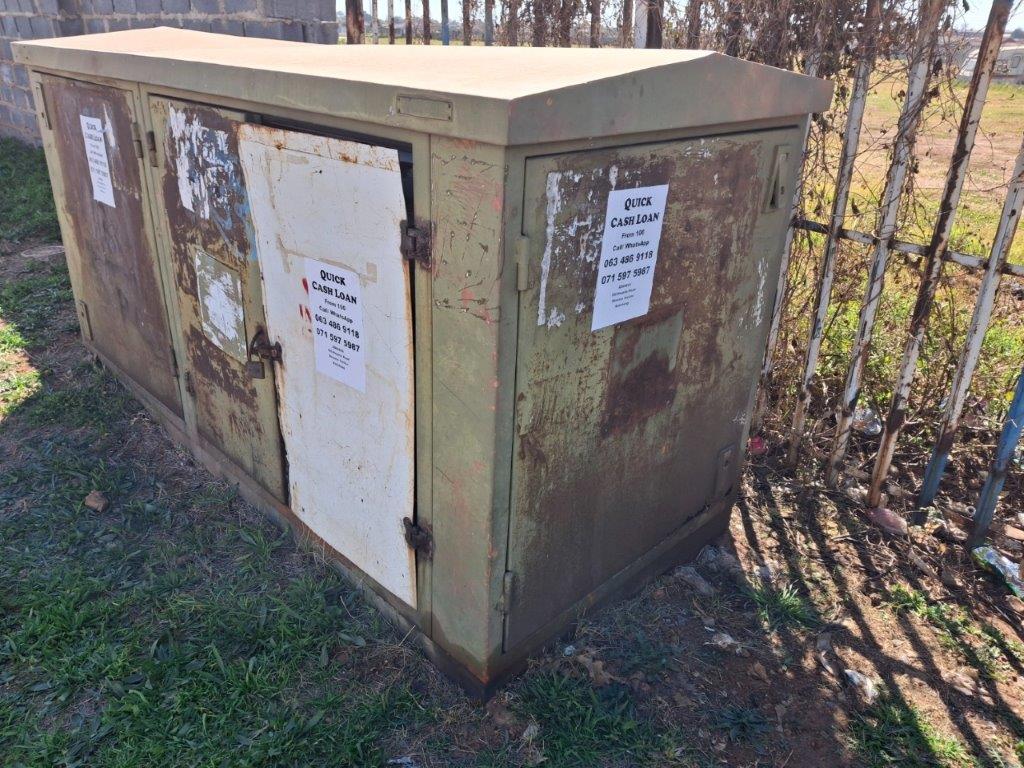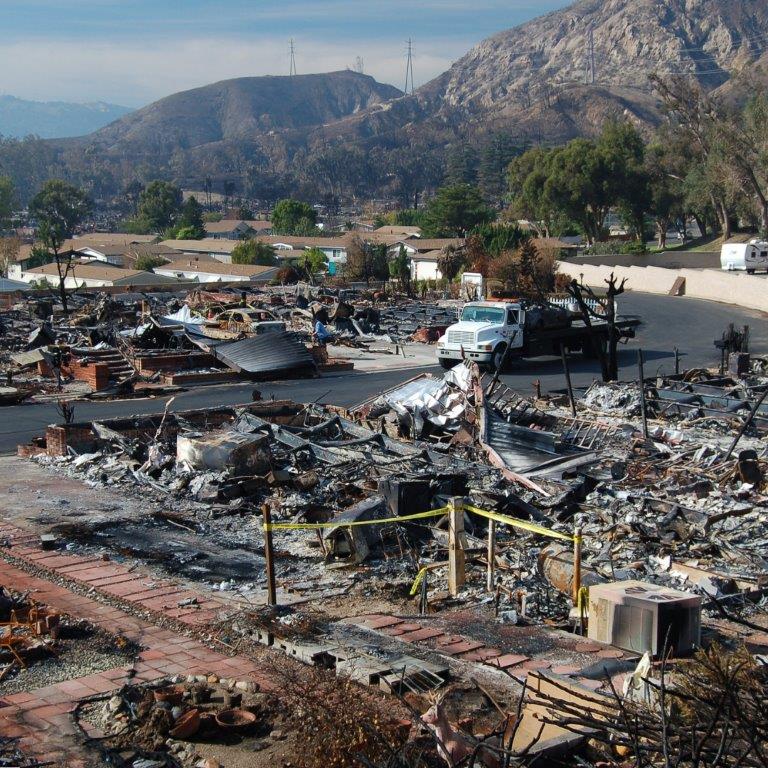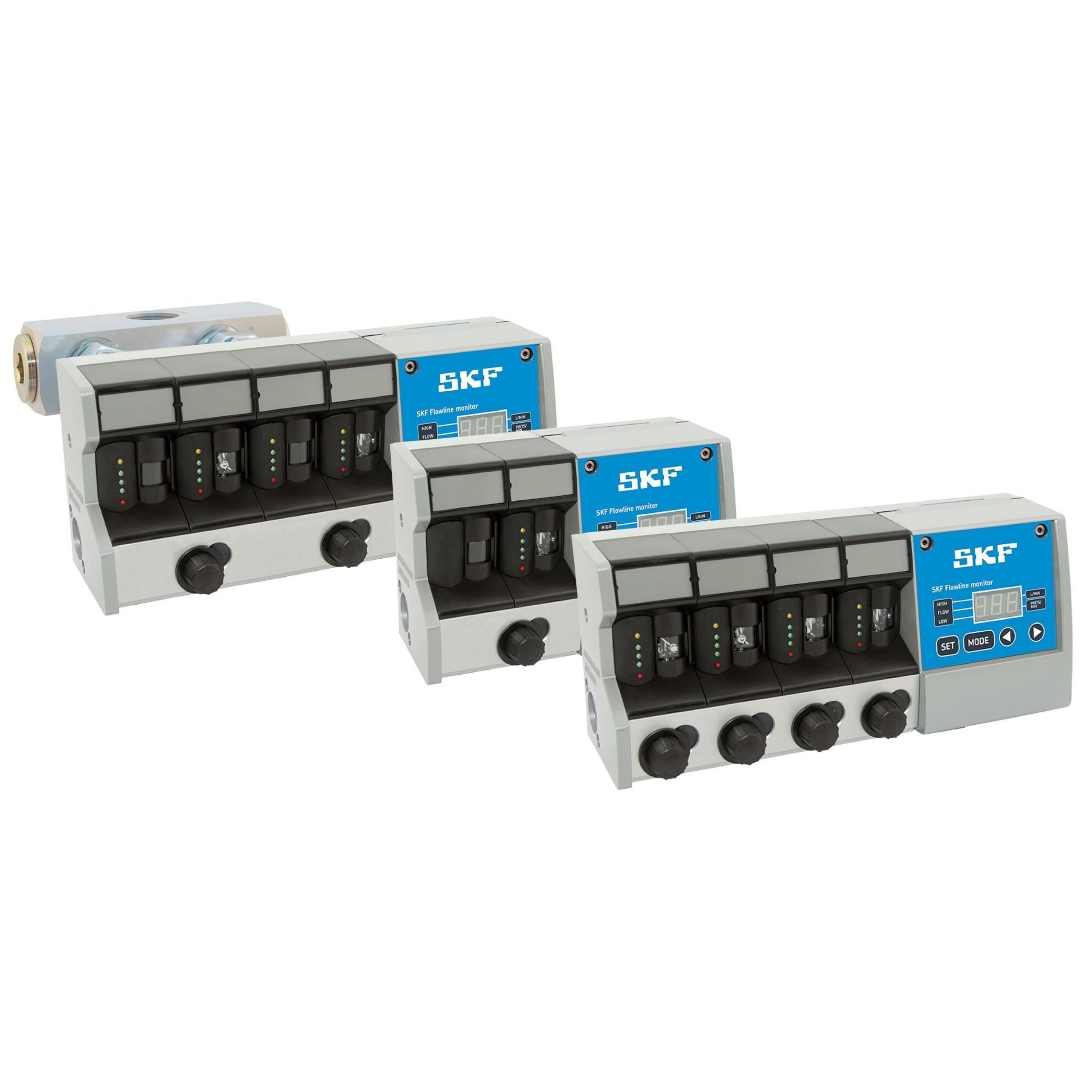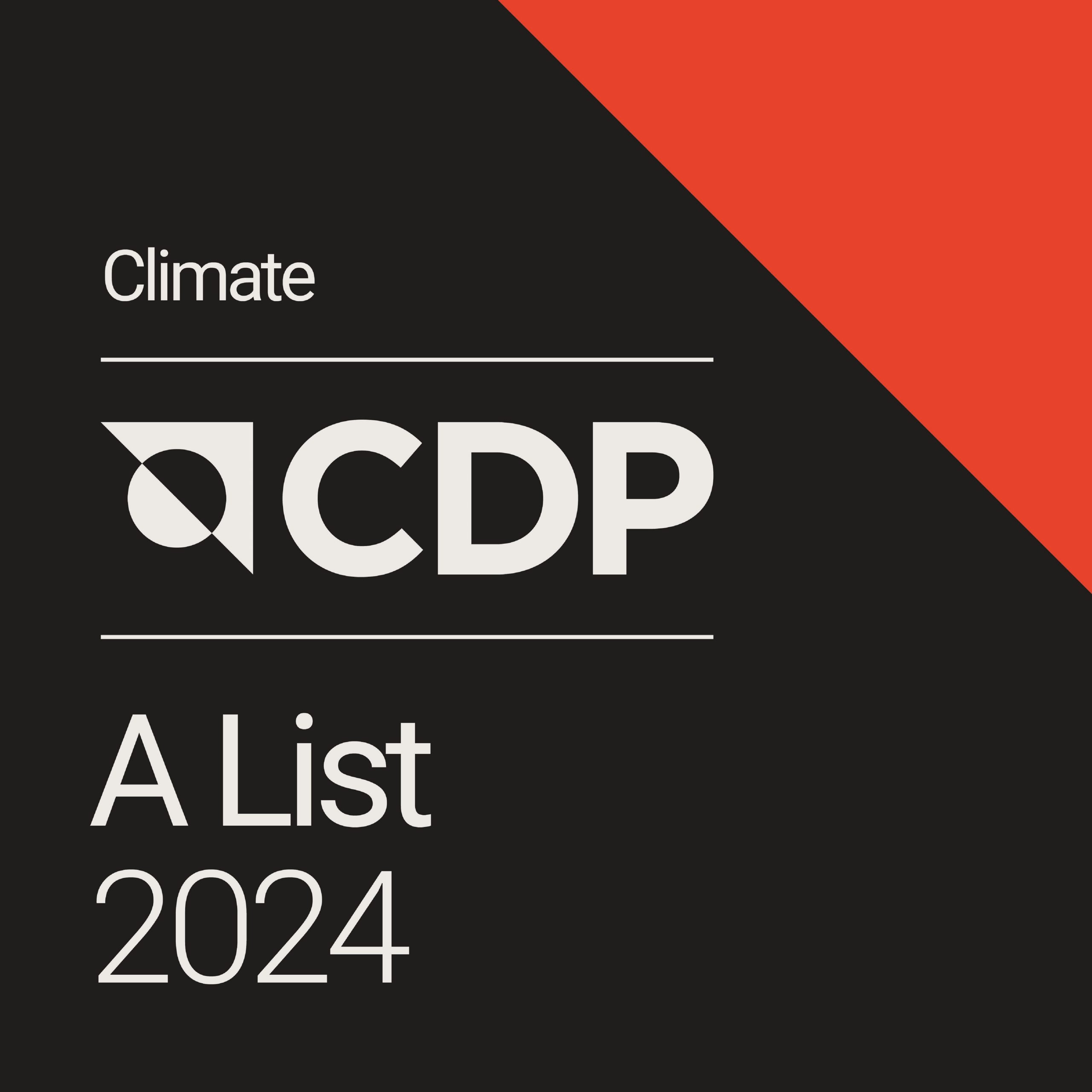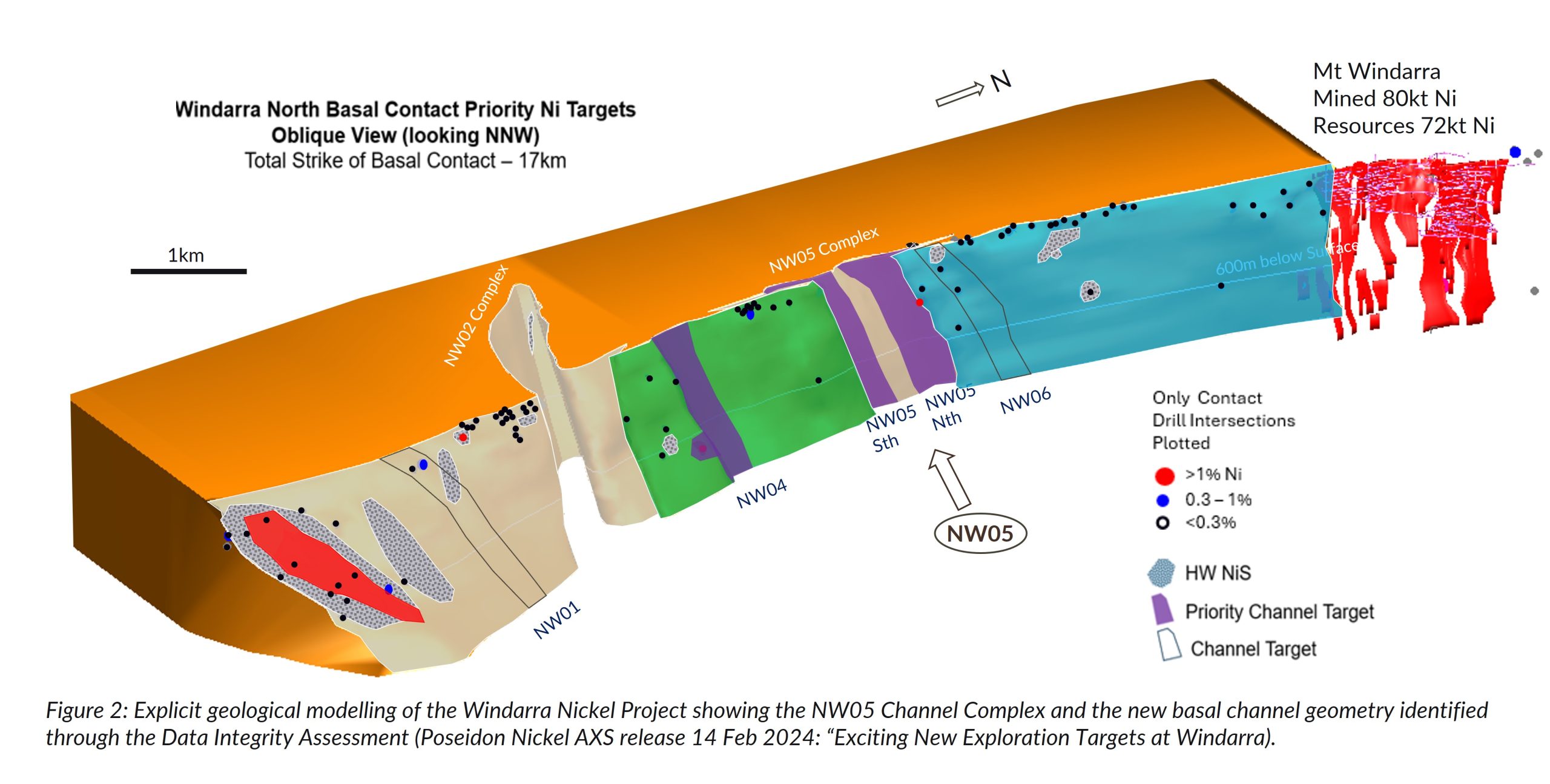
In recent years, the mining industry has seen remarkable advances in geological software and data systems. Tools such as implicit modelling, integrated GIS platforms, and automated data management systems have transformed the speed and efficiency of geological work. While these technologies deliver impressive 3D visualisations and streamline workflows, they often come at the cost of foundational geological expertise, understanding and field intuition. As a result, exploration teams can have powerful software but limited understanding of the data integrity that underpins discoveries.
Historic Projects: An Untapped Frontier
Across the world, hundreds of “historic projects” lie dormant; assets that are no longer in production but were once rich in geological promise. These projects often hold large, fragmented datasets and a long history of exploration and intermittent mining. Over time, data becomes disorganised, misinterpreted, or simply forgotten as ownership changes. Despite their challenges, historic projects represent one of the greatest untapped opportunities in modern exploration. They already have proven mineralisation, established infrastructure and a geological foundation. But to unlock their potential, they require more than another top-down desktop review. They require genuine rebuild of geological understanding from the ground up. Because no matter how sophisticated your systems and technology are, without accurate data you risk wasting time, money and opportunity.
The Limitations of Conventional Reviews
Many idle historic projects suffer not from poor geology but from poor data integrity. Traditional reviews often assume historical data is accurate without validating its source or suitability for the commodity being targeted. Repeated “top-down” interpretations tend to produce the same conclusions, reinforcing previous assumptions rather than challenging them. This approach can overlook key opportunities. Mis-logged drillholes, incorrect stratigraphic/structural assumptions, and an over-reliance on implicit models, which use algorithms to interpolate between data points; can mask the geological reasoning required to identify subtle vectors to new mineralised zones. Without thorough data validation and verification, even the most sophisticated 3D models risk becoming visually impressive but scientifically shallow.
The Bottom-Up Solution: Data Integrity Assessments
At MGSC, we have developed a systematic and structured approach called the Data Integrity Assessment. This bottom-up process is designed to re-establish geological confidence and reveal new exploration targets. It begins with the fundamentals: data collation, validation, and verification. Each dataset is assessed for accuracy, completeness, and geological relevance before commencing interpretation. Next, we build a commodity-specific targeting model that define the geological features required for ore formation, supported by a Targeting Criteria Matrix. This matrix ranks opportunities using geological, geophysical, and geochemical evidence, helping exploration teams focus resources where they matter most. The process then moves into explicit geological modelling, where geologists manually construct 3D interpretations from section-based data. Unlike implicit modelling, this approach forces the interpreter to engage deeply with the geological data where every surface, contact, and unit are deliberately chosen and verified. The result is a transparent model grounded in observation, not assumptions. Surface-coded drillhole longitudinal sections and plans are then produced to visualise the geological relationships and highlight ore-forming trends. These outputs provide both technical insight and a compelling geological narrative, a key ingredient in attracting investment and guiding further exploration. Figure 1 illustrates an example where this explicit modelling approach revealed a new exploration opportunity that had been overlooked in the implicit interpretation.
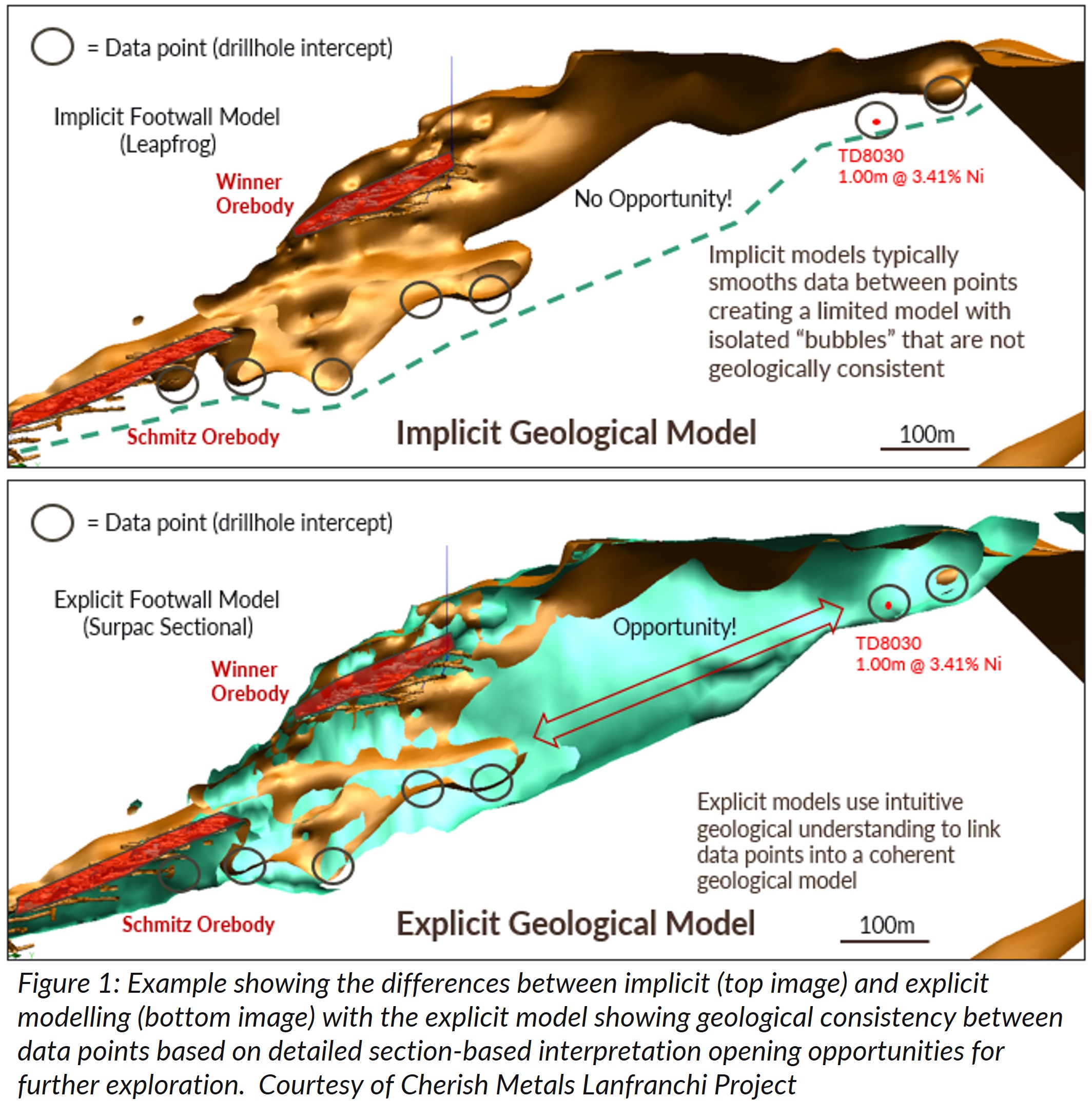
Case Study: Revitalising the Windarra Nickel Project
A recent example of this approach is MGSC’s work on the Windarra Nickel Project in Western Australia. When MGSC began the review, the project had significant historical data but limited exploration direction. Through data validation, relogging, and explicit modelling, we discovered that mafic intrusives had been misidentified as intercalated volcanics. This single correction expanded the search space dramatically, revealing previously overlooked channelised ultramafic flows with strong nickel potential. Further reinterpretation identified a narrow sulphide occurrence that, upon re-sampling, returned 0.08m at 1.71% Ni. This led to the recognition of a new mineralised basal flow; the NW05 Target. A 2.3 km-wide channel complex that is now considered one of the most compelling nickel exploration prospects in the belt (Figure 2). By combining verified data, explicit modelling, and geological storytelling, the Windarra project transitioned from an “idle” historic asset to a data-driven exploration opportunity.

Restoring the Art and Science of Geology
Advanced software cannot replace the foundational processes that make geology a science of discovery. Data Integrity Assessments reconnect teams with the rocks, data, and the geological story, providing both clarity and confidence in decision-making. As the industry looks to replenish its pipeline of viable projects, the greatest opportunities may not only come from new frontiers but from rediscovering the value within historic ones. By blending traditional geological reasoning with modern tools, we can transform forgotten deposits into tomorrow’s mines. One verified dataset at a time.
By Mark Muller, Founder/Geologist, Muller Geological Services (MGSC)
Mark Muller, founder of Muller Geological Services (MGSC), is an award-winning geologist with over 30 years’ experience. He combines traditional geological principles with modern technology to revitalise historic projects and unlock new exploration opportunities in nickel and gold
Director
MSc, BSc, Hon, DipEd
+61 (0) 408 926 179
mullergeological.com
Perth, Western Australia 6000
l


